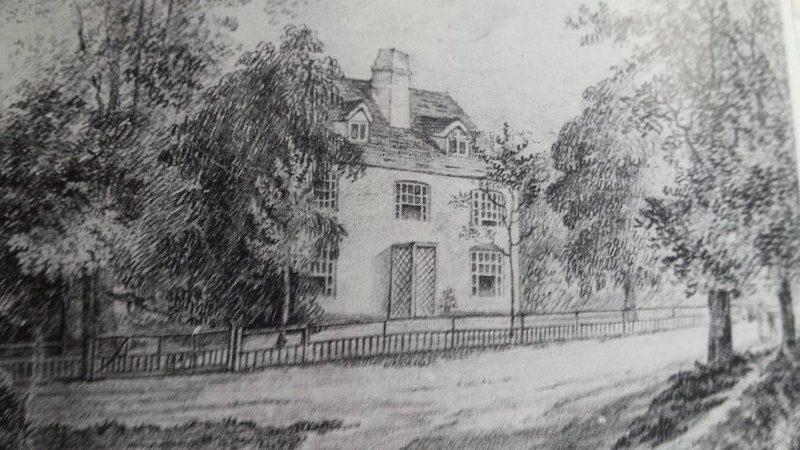Jane Austen’s life, like that of her fictional characters, was lived in and around the houses of the very wealthy and the middling members of the educated classes. Born in 1775, the seventh child and second daughter of a clergyman and his wife (who was marginally his social better), she grew up in a lively household. Her parents went on to have another son after Jane, and to this brood were added half a dozen or so school-age boys whose fees as boarding students provided a much-needed supplement to the Reverend George Austen’s income. Nevertheless, they lived in a sort of modest gentility. George Austen, while not profligate, was never quite able to live within his means and often borrowed from relatives to keep his large family in good circumstance. However, despite the fact that they could not afford the trappings of wealthy society, their standing was such that they still moved comfortably within it, and were well acquainted with families that boasted grand houses and substantial property, all of which had an impact on Austen’s fiction.
The first property that had any importance to Jane Austen was, of course, the house she grew up in: the rectory at Steventon in Hampshire. This was a plain sturdy structure, built in the early seventeenth century and renovated in the 1760s for the Austen family. It had seven bedrooms, a central hearth and a pretty, trellised porch. The house was surrounded by fields, where her father farmed, and by gardens, where Mrs. Austen grew vegetables. There were also many trees—elms, firs, and chestnuts; Jane’s characters often take note of such things. Overall, the aspect is not so unlike her final, beloved home at Chawton or Mrs. Dashwood’s Barton Cottage, or the famously unglamorous rectory to be taken over by the noble Edmund Bertram in Mansfield Park. Austen clearly had a fondness for a well-kept cottage, as she did for a well-appointed mansion.
The sprawling rooms at Steventon accommodated not only all of the Austen children and their boarders, but also, later, brothers returning from university with friends and relatives, who stopped for days or weeks at a time. During these visits, it was not uncommon for the family and guests to perform plays, either of their own creation or those that were popular at the time. Unlike the production so heavily frowned upon in Mansfield Park, these theatricals were greatly enjoyed by family and friends, all of whom were avid readers of any new fiction or drama. Though the rectory is no longer standing, some sketches exist and, in any case, it is almost better to imagine this house full of bright, competent children, tumbling through the halls and practicing their fine sense of wit and their stage personas on one another, all diligently rehearsing their lines against their improvised sets and backdrops. (Read more.)
What Child is This?
1 week ago


















No comments:
Post a Comment